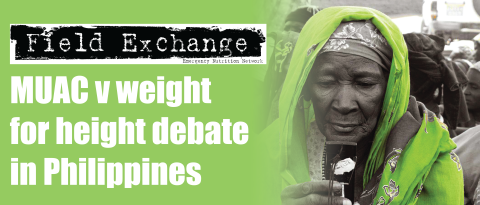Effects of agricultural and nutrition education projects on child health in Malawi
Summary of published research1

Margaret Shonga, participating farmer, her husband Donald Gondwe and their baby, standing in a field of sorghum
A recent study set out to investigate whether children in households involved in a participatory agriculture and nutrition intervention had improved growth compared to children in matched comparable households. The study also explored whether the level of involvement and length of time in the project had an effect on child growth.
The Soils, Food and Healthy Communities project (SFHC) was initiated by Ekwendeni Hospital and aimed to improve child nutritional status amongst smallholder farmers in a rural area in northern Malawi. In villages surrounding Ekwendeni, a town in Mzimba district, over half of the smallholder families experience food insecurity every year. Malaria is endemic and child malnutrition rates are similar to the national average at 48%. Agricultural interventions involved intercropping legumes and visits from farmer researchers, while nutrition education involved home visits and group meetings.

Esnai Ngwira, participating farmer, and her children, standing beside her maize field grown after legume residue buried into the ground
The study employed a prospective quasi-experimental approach comparing baseline and follow up data in intervention villages with matched subjects in comparison villages. Mixed model analyses were conducted on standardised child growth scores (weight- and height-for-age Zscores), controlling for child age and testing for effects of length of time and intensity of village involvement in the intervention.
Participants in intervention villages were self-selected and control participants were matched by age and household food security status of the child. Over a six year period, nine surveys were conducted taking 3,838 height and weight measures of children under the age of 3 years.
The study found that there was an improvement over initial conditions of up to 0.6 in weight-for-age (WAZ) Z-score (WAZ: from -0.4 (sd 0.5) to 0.3 (sd 0.4)) for children in the longest involved villages, and an improvement over initial conditions of 0.8 in WAZ for children in the most intensely involved villages (from -0.6 (sd 0.4) to 0.2 (sd 0.4)).
The authors conclude that longterm efforts to improve child nutrition through participatory agricultural interventions had a significant effect on child growth.
1IASC Global Health Cluster (2011). Civil-military coordination during humanitarian health action. Provisional version - February 2011
2Bezner Kerr R, Berti P and Shumba L (2011). Effects of a participatory agriculture and nutrition education project on child growth in northern Malawi. Public Health Nutrition 14 (8), 1466-1472
Imported from FEX website


